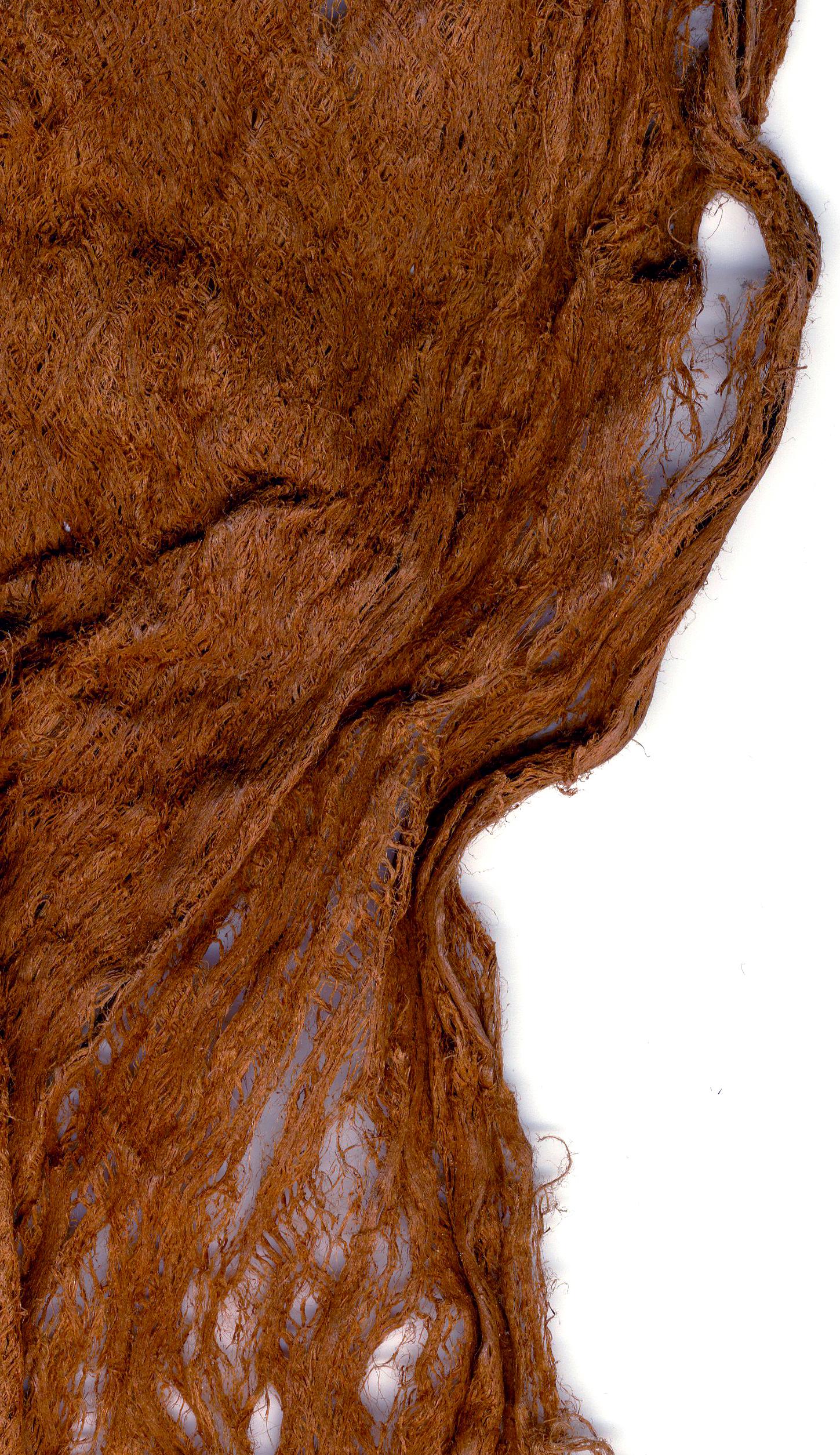Xicaque Tapa Cloth
May 1, 2017
This month's feature is tapa cloth made in Honduras by the Xicaque, also called the Tolupan people. It is numbered in the Museum's Collection as #1989.2074. Tapa, often referred to as bark cloth, is a thick paper-like material made from the inner bark of fig or mulberry trees. It is stripped, soaked, and beaten in much the same way that pulp for paper is treated, and in fact many argue that tapa is another form of paper rather than a cloth. The founder of our museum, Dard Hunter, dedicated an entire book to his study of tapa and its relatives, called Primitive Papermaking (1927).
Bark cloth was used primarily for clothing among the Xicaque, although the decline of the fig tree and trading in the mid-1900s led to cotton clothes replacing traditional bark cloth clothing. The preparation of bark cloth involves a stage of beating, which causes the thick bark fibers to run in distinct grains along the length of a piece. The close-up provided shows this defined grain within the tapa. Tapa is naturally cream in color, and dyes or designs are added for decorative purposes; the orange-brown color of this item is the result of dye. The piece is very thick, similar to heavy knit or crochet, but more stiff and rough than woven material.
We hope that you enjoyed this peek at our collection! We'll be back next month with another artifact. Have a great May!
Category: Paper Fibers/Pre Paper
Region of Origin: Latin America
Keywords:
Bark Cloth
